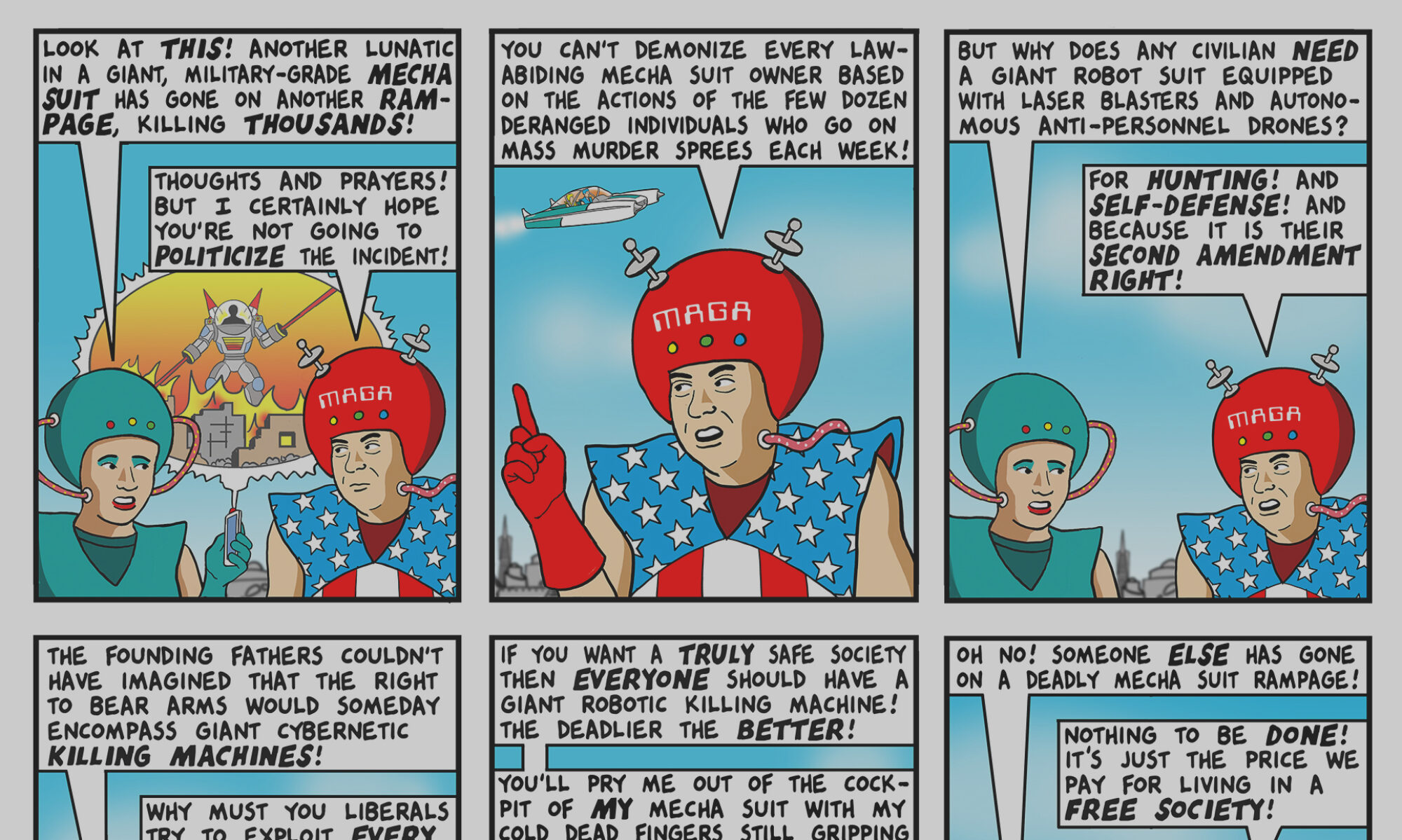On Mondays, the Times’ business section often focuses on the declining fortunes of the various journalistic and creative enterprises which we collectively describe as “media.” It’s invariably a depressing start to the week:
When Google representatives recently invited dozens of prominent artists to contribute work to be featured on its new Web browser, the company enthusiastically sold the idea as an opportunity to have artwork shown to millions.
But some, like Gary Taxali, were not impressed. Mr. Taxali, an illustrator based in Toronto whose work has appeared in publications like Time, Newsweek and Fortune, received a call in April from a member of Google’s marketing department. According to Mr. Taxali, the Google representative explained that the project will let users customize Google Chrome pages with artist-designed “skins†in their borders.
“The first question I asked,†Mr. Taxali said in a recent interview, “is ‘What’s the fee?’â€
Mr. Taxali said that when he was told Google would pay nothing, he declined.
* * *
“So for you, I give you a special salute that I hope will keep you away because I don’t need your work,†Mr. Taxali wrote, followed by his own drawing of a hand gesture popular with impatient motorists.
Paying in “exposure” is how underfunded and/or miserly publications have wheedled free art out of illustrators for a very long time. The logic goes like this: we can’t afford to pay you, but your work will be exposed to someone who can. Exposure is the bottom rung on the ladder, one step toward a career in which people value the work you do enough to pay you for it. The problem is when you reach the very top of the ladder and the same argument is being used. Where exactly are you supposed to go from there?
And as artists are fond of pointing out, the local grocery store is unlikely to accept “exposure” in payment for a gallon of milk.
As another artist in the article notes: “I have done gift cards for Target that are in stores nationwide and animations for Nickelodeon that run 24 hours a day worldwide on cable TV … both of these jobs were high-profile and gave my work great exposure but both clients still paid me.â€
